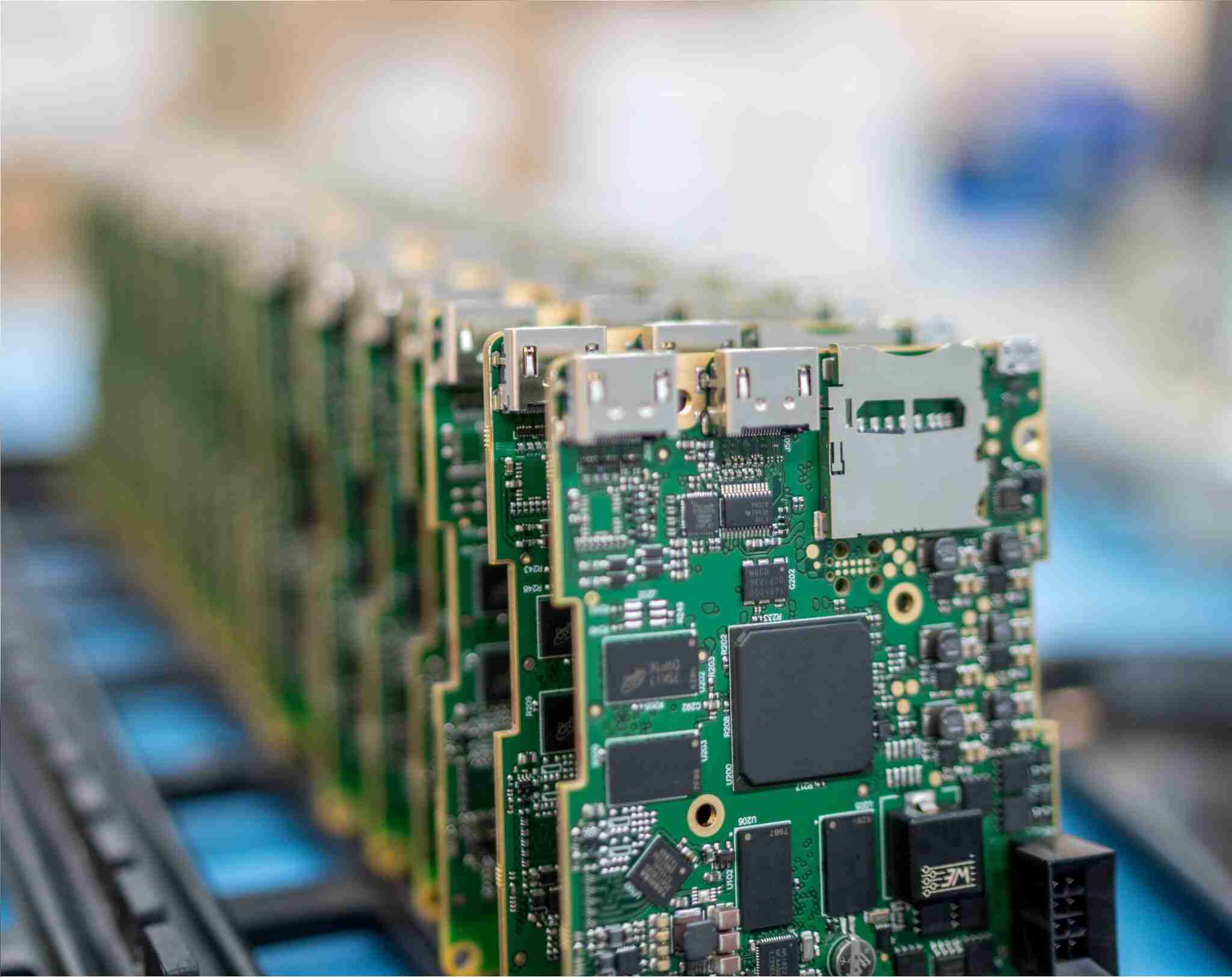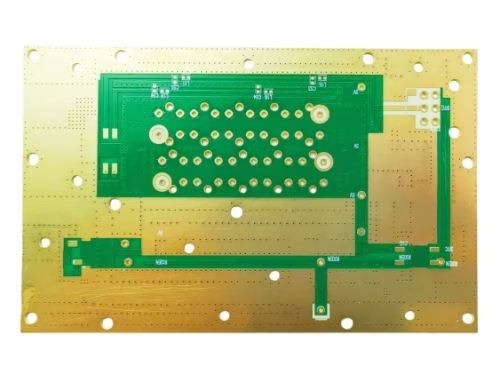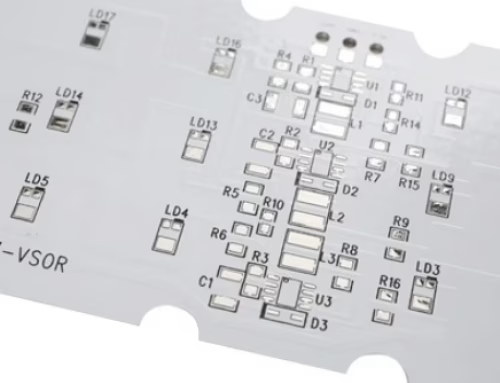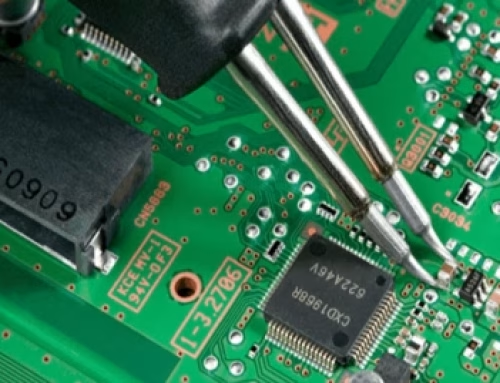SMD VS SMT

Table of Contents
SMT
SMT stands for surface mount technology, the entire technology of mounting components and soldering them onto a printed circuit board, or PCB. The actual process can be summarized as follows:
First, the SMT stencil is aligned to the board’s surface, and solder paste is applied using a scraper to ensure pads are coated with an even and controlled coating.
Second, the components are mounted on the board individually, either by a placement machine or by manual placement. The wet solder paste will act as a temporary adhesive, but it is still important to ensure that the board is moved gently to prevent misalignment.
Then, the boards are passed through a reflow oven, which subjects the boards to infrared radiation, melting the solder paste and forming solder joints. The boards are then passed through an AOI machine, or automated optical inspection machine, which visually performs several quality checks on the boards, such as component alignment and checking for solder bridges.
After that, the boards proceed to testing.
In the 1980s, SMT production technology increasingly became sophisticated, and widely used for mass production. As costs decreased and technical performance increased more advanced but economical equipment became available. Surface mount technology has many advantages and is not limited to reducing the size of equipment, such as improving performance, enhancing functions, and reducing costs.
Therefore, SMT has brought a new generation of electronic assembly technology, which is widely used in aviation, communications, automotive and medical electronics, home appliances, and other fields.
SMD Patch Components
SMD: It is the abbreviation of Surface Mounted Devices, it means: surface mount device, which is one of the SMT (Surface Mount Technology) components. In the early stage, SMD was manually soldered by hand. Then, the first batch of patch equipment could only handle some simple components, more complex and smaller components still need to be placed manually. Introducing Panasonic and Yamaha ysm20 with Pcbandassembly: SMT can now paste 01005/0201 components, and a new era was born. From simple resistors to complex ICs, using SMT is more efficient, faster, better standards。 Pcbandassembly proofing 1-50 pieces SMT proofing 24 24-hour delivery expedited 8 hours.
Latest Blog
Contact us
Free Quote





